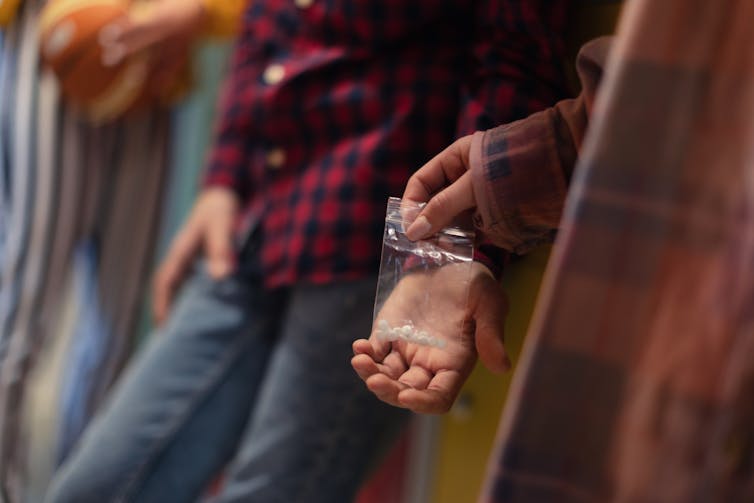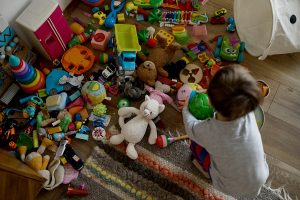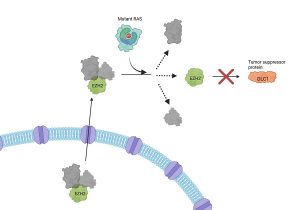Victoria will begin pill testing this summer. Evidence shows it reduces harm (and won’t increase drug use)

This week Victorian premier Jacinta Allan announced the state will trial a drug checking service beginning this summer festival season, describing it as a “simple and commonsense way to save lives”.
Allan has since confirmed the service will become permanent in Victoria following an 18-month trial.
Last week, the Australian Capital Territory government announced an extension to its successful drug-checking pilot, CanTEST, for the next three years. And earlier this year the Queensland government funded fixed site and festival drug-checking services for two years.
It’s good to see drug checking gaining more traction in Australia. This reflects evidence from Australia and internationally showing these services reduce harm for people who use illicit drugs.
What is drug checking?
Drug checking (sometimes called pill testing in Australia) is based on the principles of harm reduction. The primary aim is to reduce the individual and community harms associated with the use of psychoactive drugs, without judgement about the drug use itself.
There are different testing techniques using different types of equipment, but all drug checking services in Australia check drugs by chemically analysing a small sample of the drug.
Part of a typical drug-checking service is a discussion directly with the person to give them feedback on the contents of the sample. The trained drug-checking staff, who are usually health professionals or peer educators, will discuss the risks of consuming the drugs identified and any other concerns or questions the person has.
Drug checking in Australia is conducted from either a fixed-site or a mobile service. A fixed-site service is permanently located in a health organisation. Mobile services, sometimes called festival services, are set up in places where we know people are more likely to be taking drugs.
Why is drug checking important?
Although no psychoactive drug, including alcohol, is completely safe, some drugs are made more dangerous because they are illegal, without controls over who can make them, how they are made and what they can contain.
This means people who use illicit drugs can’t be sure of what they are taking and are unable to moderate the dose to reduce risks. So there’s a higher risk of adverse reactions and overdose than if these drugs were manufactured as pharmaceuticals under controlled conditions.
Data from Australia has found up to 43% of drugs tested in drug-checking services were not what people believed they had purchased.
Connor Ashleigh/HRI/AAP
Most people who use illicit drugs only use them a handful of times a year and are not addicted to them.
Whether you believe people should be taking these drugs or not, the reality is that they do. Some 47% of adults in Australia have tried an illicit drug some time in their lifetime. Thousands of years of history has taught us this is unlikely to change.
Acknowledging this, drug-checking services now operate in more than 20 countries including well-established services in New Zealand, the United States, Canada, the United Kingdom and The Netherlands.
Does drug checking reduce harms?
Some opponents of drug checking are worried it will increase drug use. But the evidence is clear that it does not.
Several studies have shown drug checking doesn’t encourage those who do not already use drugs to start doing so. A study of a long-running service in The Netherlands found less than 1% of people who had their drugs tested had never used them before, so these services almost exclusively cater for people who already use drugs.
What’s more, research has shown people often reduce their drug use after receiving the results of their drug checking and discussing the results with staff. Multiple studies have shown a sizeable proportion of people discard or intend to discard their drugs or use less if they contain unexpected substances.
Data from ACT and Queensland services found 18% and 7% of people respectively decided they would not use the drug following testing.
Drug checking can also play a role in preventing drug-related hospitalisations and deaths. Research from The Loop drug checking service in the UK found a 95% reduction in drug-related transfers to hospital when drug checking was introduced at a festival, compared to the previous year where the festival operated without drug checking.

Halfpoint/Shutterstock
Additionally, these services provide important harm reduction information to people who may not otherwise get that information. In an evaluation of CanTEST, 70% of people who used the service had never previously spoken to a healthcare worker for information or advice about drug use.
Drug checking also impacts the quality of drugs on the market. Drug manufacturers and dealers are less likely to distribute highly dangerous substances when clients are able to check their drugs.
What do Australians think about drug checking?
There is significant support in the Australian community for harm reduction measures, including drug checking. Surveys of the Australian community have consistently shown drug checking is supported by the majority of Australians.
In a recent government survey of households across Australia, nearly 65% of people supported drug checking, a significant increase on the previous year. Younger people, women and those with higher education levels were more likely to support drug checking.
So this is a great move by Victoria to keep people safe.








